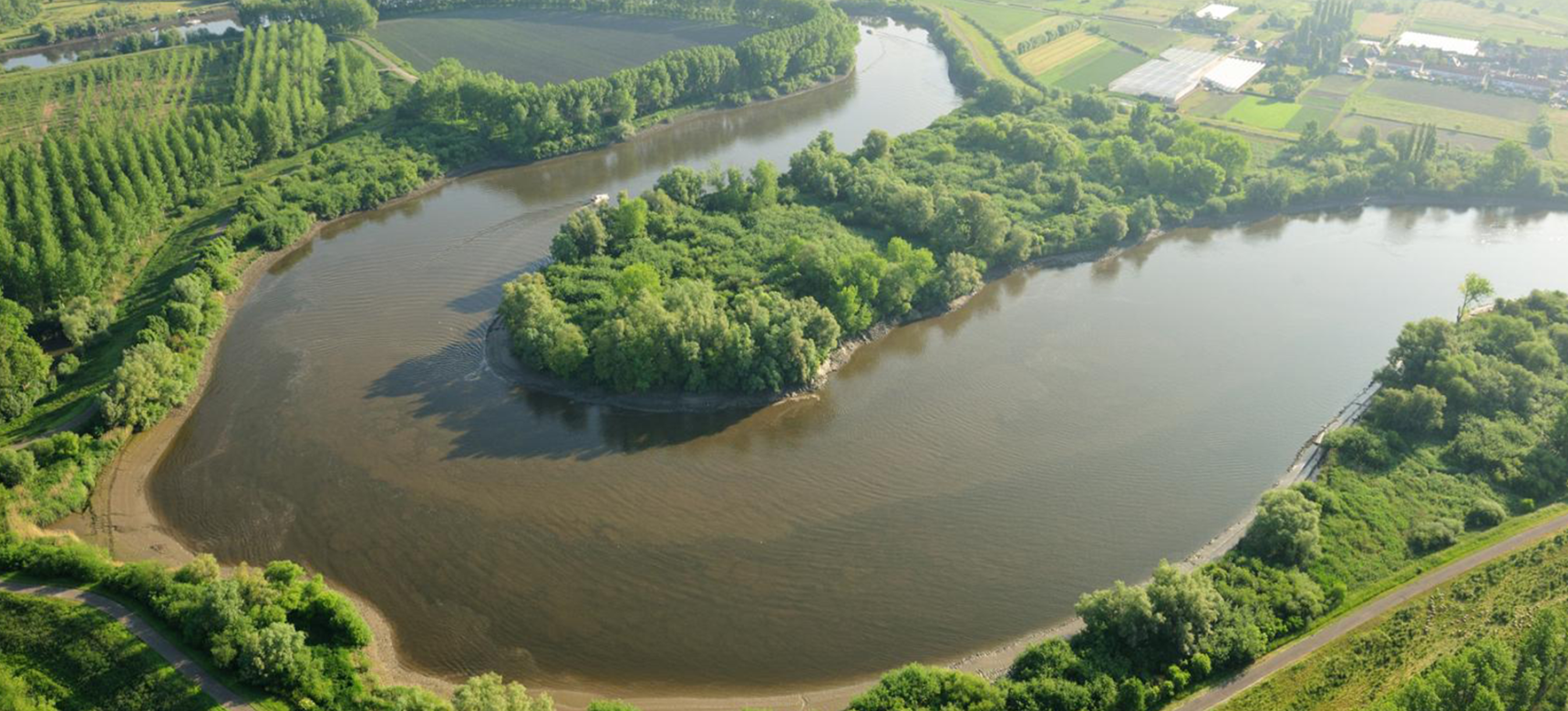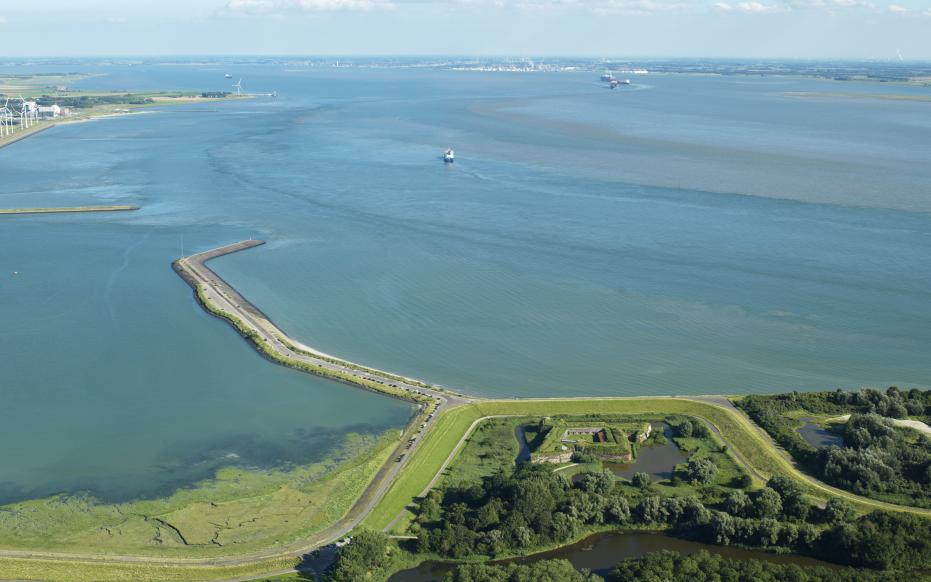A river in motion
The Scheldt is unique. Not only because it is one of the few tidal rivers in Europe where the effects of ebb and flow are felt far inland, but also because it constantly changes character. From a narrow, winding river in Flanders to a wide estuary in Zeeland. It is calm and wild, controlled and unpredictable.




